QuestionI hope I'm in the right place. We currently have a small dog - pappillion/terrier mix, 7lbs and a bit, dominant personality. My son would like to get a husky/shepherd mix puppy, 12 weeks old.
I am used to small dogs and have no experience with larger dogs. So, my questions are:
1. Fully grown, how big/heavy can they get?
2. How well do they get along with a dominant small dog?
3. Our small dogs is, for the most part, an inside dog - how about this larger dog? Should they be left outside more than left inside?
4. Small dog lifespan is usually longer than big dogs; what is the typical lifespan of this breed?
5. Are there any in-breed medical nuances that one needs to aware of?
I think that's it for now; any help would be appreciated.
Thanks,
Craig
AnswerIt s extraordinarily difficult to say anything about a Sibe/Shepherd cross . . . what kind of shepherd, percentages, genetics, etc. all make predicting a cross-breed much more difficult. However, I can give you info on a Siberian Husky to set expectations. Most Shepherds are a little larger, so expect things to increase.
1) Adult Sibe males are usually up to about 24 inches at the shoulder and weigh around 45-60 lbs. - females are an inch or two shorter and about 35-50 lbs.
2) Each dog is different, but Sibes are pack animals and love interaction. Small dogs can cause small issues (as Sibes are bigger and like to play rough sometimes), but they usually do just fine if they are raised with the dog.
3) Inside versus outside depends on how you view your dog and what there is to do. Siberians are extraordinarily social animals and need and thrive on interaction. Yet they have high energy and need to often run around in a secure area to burn some of that off. I keep mine mostly inside with trips outside when they want to go play.
4/5) Siberians are often bred more closely to working lines and therefore are generally free from most significant problems. PRA in the eyes and CHD in the hips are the two normal things to be aware of. (Retinal atrophy and hip dysplasia) However, incidence of these in purebred Siberians are among the lowest of AKC registered dogs in or above this size range. Typical lifespan is usually about 12 years, with wide variance of course.
Hope that helps some!

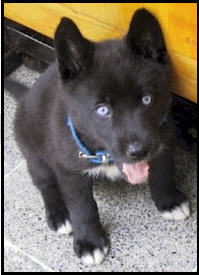 Crate Training a 7wk old Husky mix pup
QuestionHusky look-alike from
QUESTION: Weve re
Crate Training a 7wk old Husky mix pup
QuestionHusky look-alike from
QUESTION: Weve re
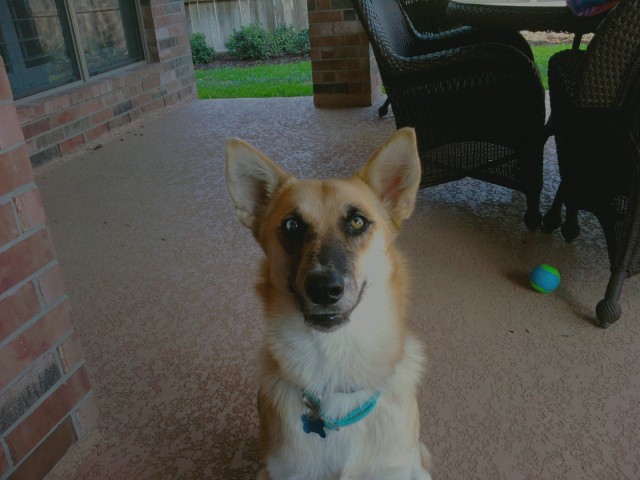 Wondering if my rescued husky mix is not a mix
Question
Ace
I adopted a 7 month old rescue abou
Wondering if my rescued husky mix is not a mix
Question
Ace
I adopted a 7 month old rescue abou
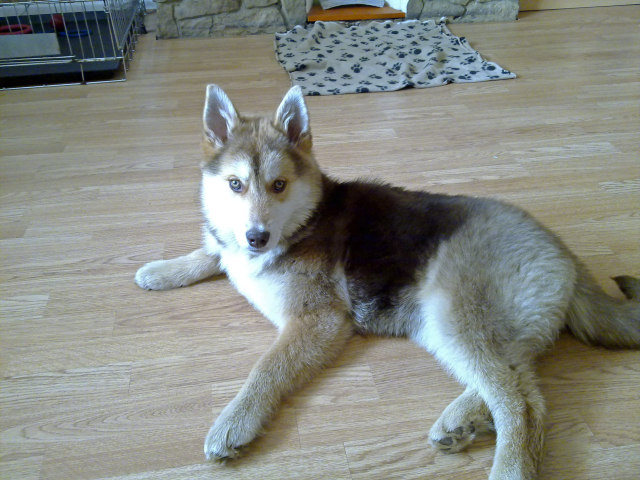 my husky colour
Question
mecca
hi i have recently got my husky mecca. s
my husky colour
Question
mecca
hi i have recently got my husky mecca. s
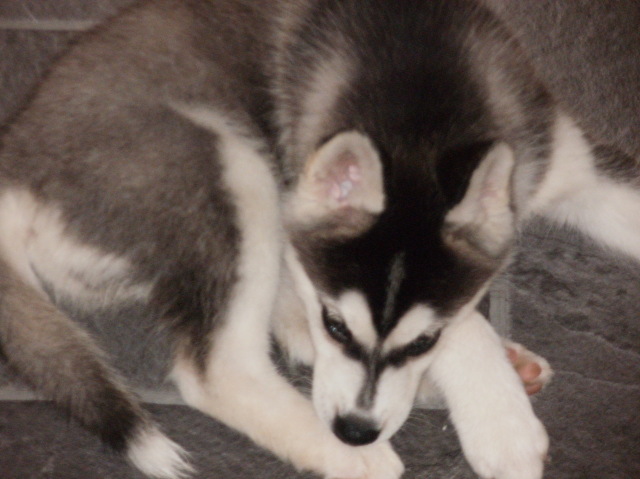 Bath Time
Question
Keiko
Hi we have a 14 week old Siberian named
Bath Time
Question
Keiko
Hi we have a 14 week old Siberian named
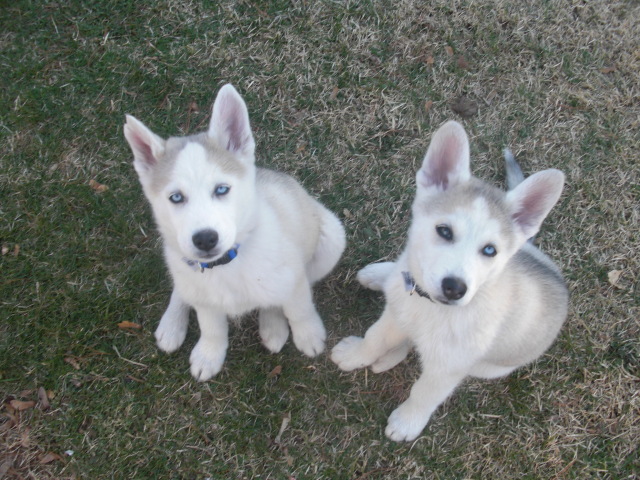 2 12 week old Husky brothers play/fighting
QuestionJasper & Sigmund
QUESTION: Two weeks
2 12 week old Husky brothers play/fighting
QuestionJasper & Sigmund
QUESTION: Two weeks